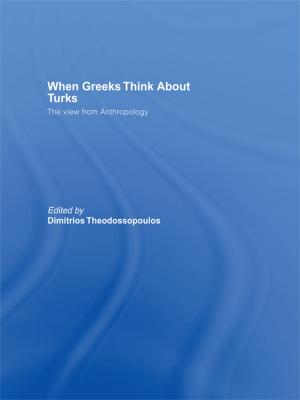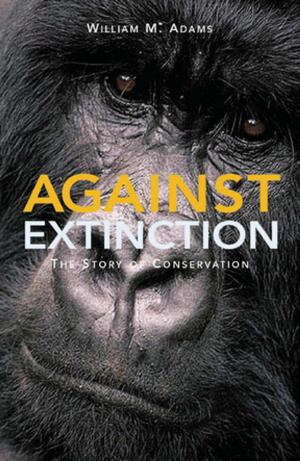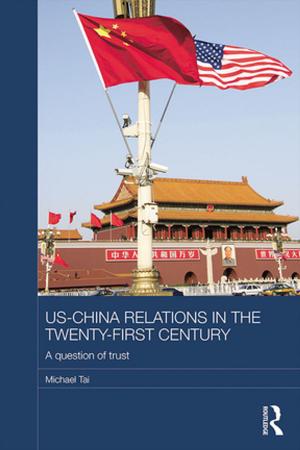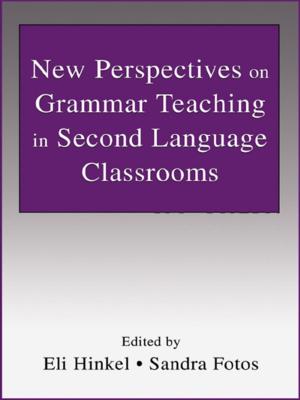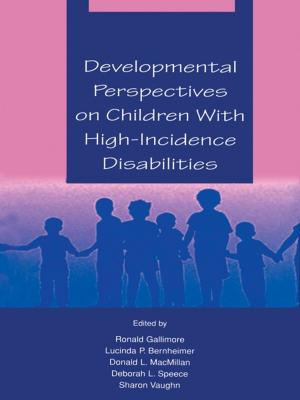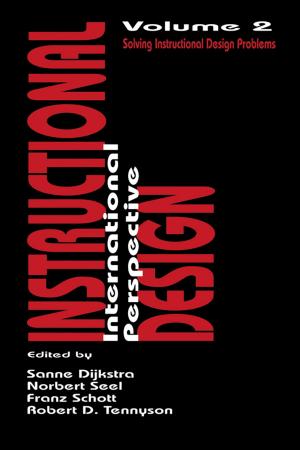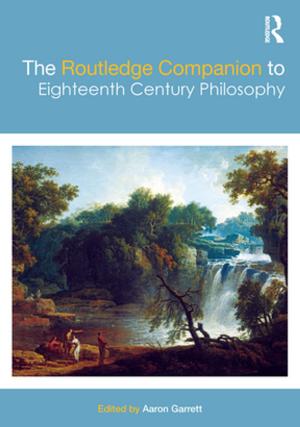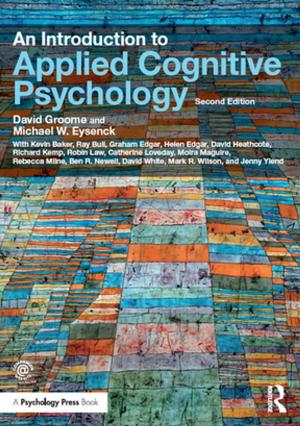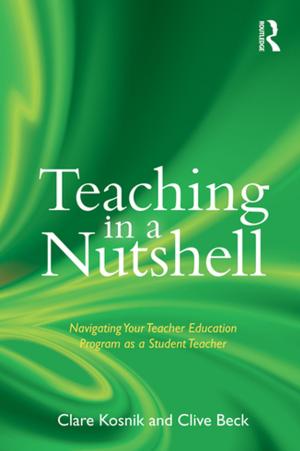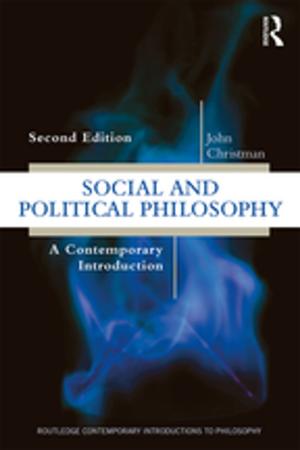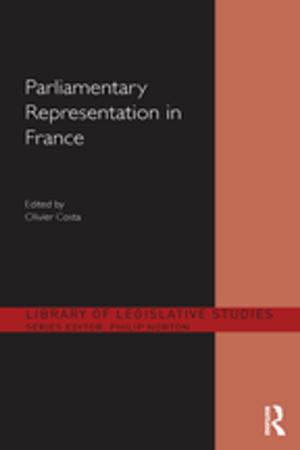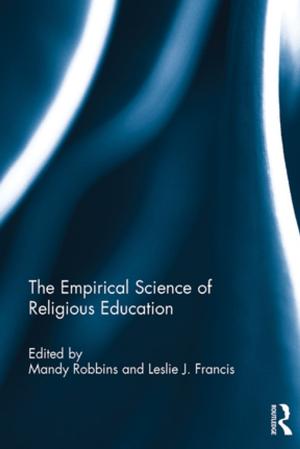Rediscovering the Religious Factor in American Politics
Nonfiction, Social & Cultural Studies, Political Science| Author: | David C. Leege, Lyman A. Kellstedt | ISBN: | 9781315485676 |
| Publisher: | Taylor and Francis | Publication: | September 16, 2016 |
| Imprint: | Routledge | Language: | English |
| Author: | David C. Leege, Lyman A. Kellstedt |
| ISBN: | 9781315485676 |
| Publisher: | Taylor and Francis |
| Publication: | September 16, 2016 |
| Imprint: | Routledge |
| Language: | English |
This text addresses whether and how religion and religious institutions affect American politics. For some time, analysts have argued that the conflicts of the New Deal era rendered cultural differences trivial and placed economic interests at the top of the political agenda. The authors and their collaborators - John C. Green, James L. Guth, Ted G. Jelen, Corwin E. Smidt, Kenneth D. Wald, Michael R. Welch, and Clyde Wilcox - disagree. They find that religious worldviews are still insinuated in American political institutions, and religious institutions still are points of reference. The book profits from the new religiosity measures employed in the 1990 National Election Studies. Part 1 discusses the study of religion in the context of politics. Part II examines religion as a source of group orientation. Part III takes up religious practices and their political ramifications. Part IV does the same for doctrinal and worldview considerations. Part V explores the sources of religious socialisation. In conclusion, Part VI reviews the research on religion and political behaviour and looks ahead to where work should proceed.
This text addresses whether and how religion and religious institutions affect American politics. For some time, analysts have argued that the conflicts of the New Deal era rendered cultural differences trivial and placed economic interests at the top of the political agenda. The authors and their collaborators - John C. Green, James L. Guth, Ted G. Jelen, Corwin E. Smidt, Kenneth D. Wald, Michael R. Welch, and Clyde Wilcox - disagree. They find that religious worldviews are still insinuated in American political institutions, and religious institutions still are points of reference. The book profits from the new religiosity measures employed in the 1990 National Election Studies. Part 1 discusses the study of religion in the context of politics. Part II examines religion as a source of group orientation. Part III takes up religious practices and their political ramifications. Part IV does the same for doctrinal and worldview considerations. Part V explores the sources of religious socialisation. In conclusion, Part VI reviews the research on religion and political behaviour and looks ahead to where work should proceed.

